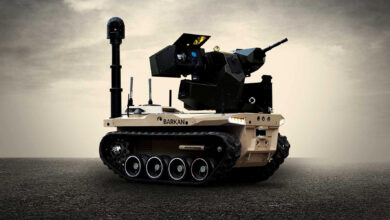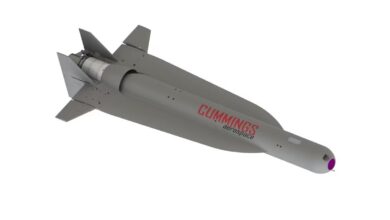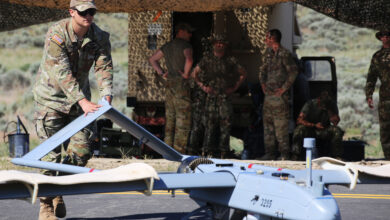US Army Rehearsing Combat Missions With IVAS Next-Gen Goggles
The US Army has tested the Integrated Visual Augmentation System (IVAS) to determine if Infantry Soldiers should be equipped with mixed reality headsets.
The operational testing involved the participation of paratroopers from the 82nd Airborne Division, 2nd Batallion, 501st Parachute Infantry Regiment (PIR), and 1st Infantry Brigade Combat Team, at Fort Bragg, North California.
The IVAS technology is integrated with various programs to increase the efficiency of warfighters across active battlefields and under different weather conditions.
“Such a system will significantly improve reaction time for unit leaders who make decisions under the stress of battle,” Bravo Company Commander Capt. Roberto Huie said.
According to the Program Executive Office Soldier, the IVAS headsets are expected to integrate next-generation 24/7 situational awareness programs and other high-resolution digital sensors capabilities.
The device is being improved to enhance decision making, soldier sensing, and target acquisition and engagements.
During the trials, the device has shown efficacy in assisting with “nine separate missions to plan, rehearse, and execute,” Alpha Company and Opposing Force Commander Capt. Philip Johnston said.
“We trained at a level we have not seen previously in the Army,” he added. “It was invaluable to have an outside look into the Company from the Operational Test Command without having the pressure of graded evaluations that normally come with training events.”
IVAS Technology in the Army
Last year, the army tested the IVAS for aircrews and other operators. The next step in the project is to integrate the device with soldiers aboard ground vehicles.
In October 2021, the army postponed the fielding of IVAS devices manufactured by Microsoft due to a field of view issue. Despite the delay, the program remains “alive and well,” according to Army Secretary Christine Wormuth.
“The challenge we’re facing right now is a little bit in the visualization of the headset and the resolution quality of the imaging,” she emphasized. “Microsoft has been working very closely with us and I think it’s very committed to seeing if we can work through these problems.”












